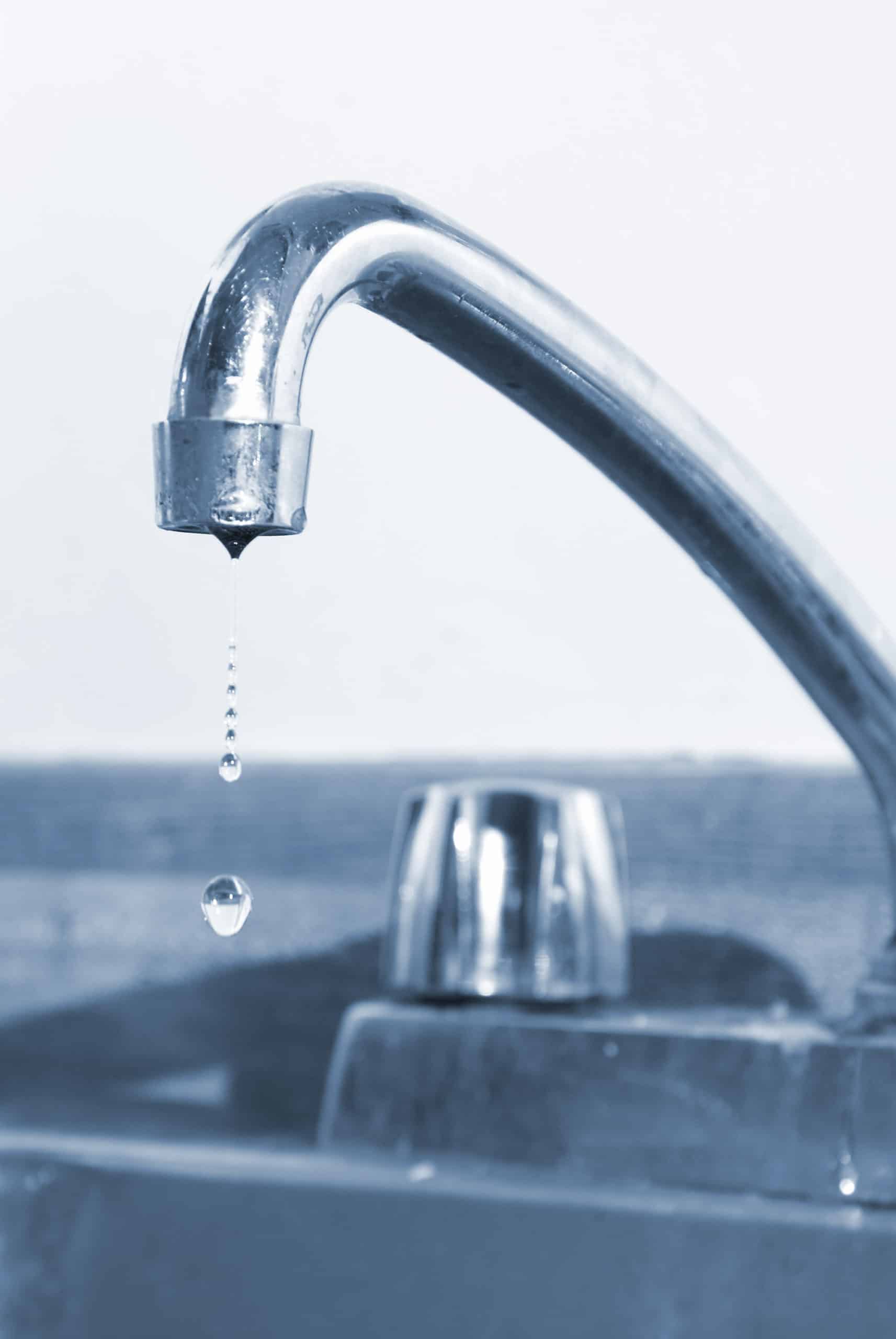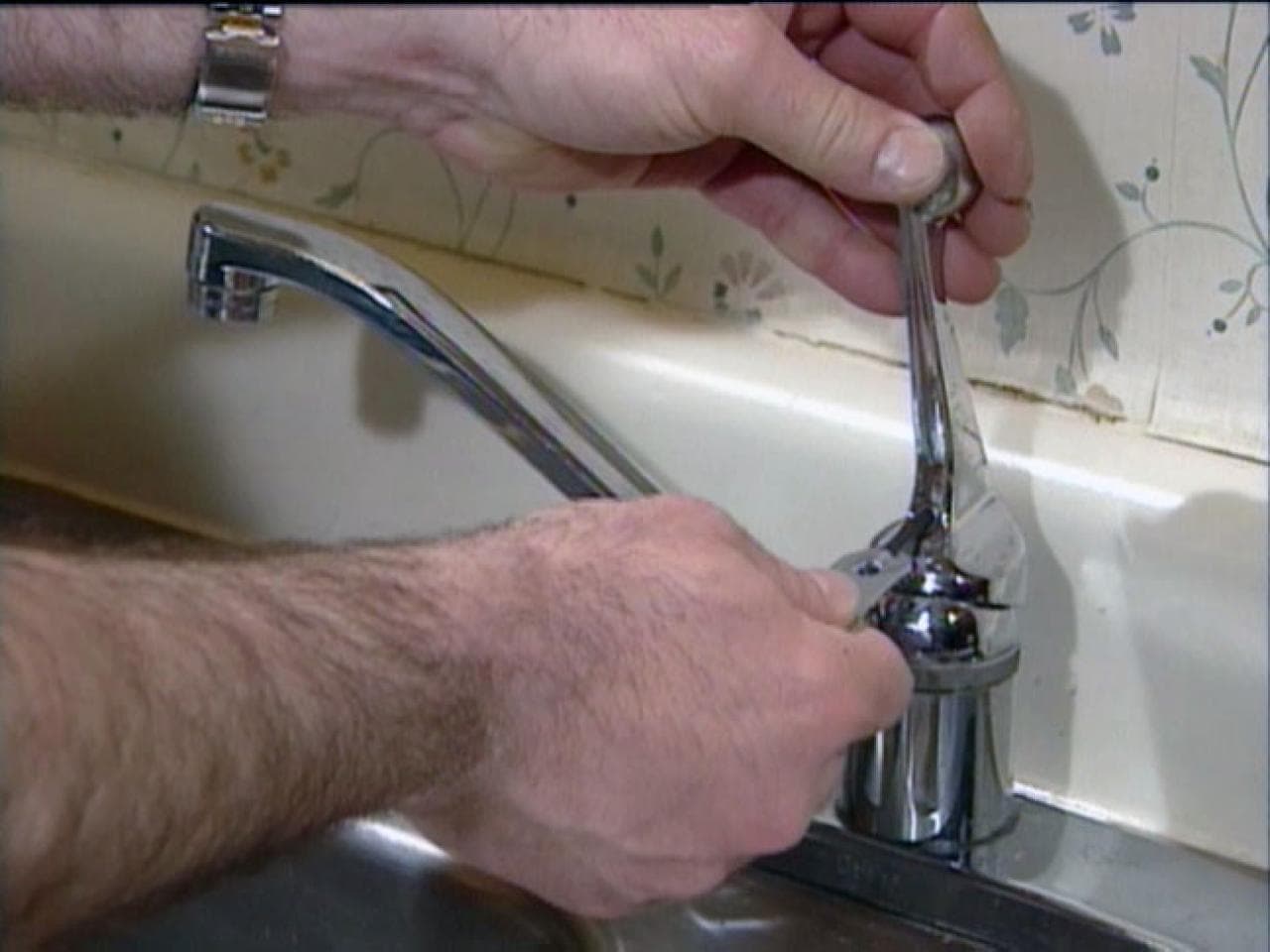Motives Why It's Essential to Repair a Broken Faucet
Motives Why It's Essential to Repair a Broken Faucet
Blog Article
What're your concepts about Water Dripping from Faucet: Why and How to Fix?

Leaking faucets could feel like a minor trouble, but their impact exceeds simply the aggravation of the sound. From wasting water to incurring unnecessary monetary expenses and wellness threats, overlooking a trickling tap can bring about numerous effects. In this write-up, we'll look into why it's critical to resolve this typical home issue promptly and effectively.
Wastefulness of Water
Environmental Impact
Trickling taps contribute substantially to water waste. According to the Epa (EPA), a single faucet trickling at one drip per second can lose greater than 3,000 gallons of water per year. This not only stress water sources yet also affects ecological communities and wild animals dependent on them.
Step-by-Step Overview to Taking Care Of a Dripping Faucet
Devices Called for
Before attempting to deal with a leaking tap, gather the essential devices, consisting of a flexible wrench, screwdrivers, substitute components (such as washers or cartridges), and plumber's tape.
Usual Tap Issues and Their Solutions
Recognize the kind of tap and the details concern causing the drip. Typical problems consist of damaged washing machines, rusty shutoff seats, or malfunctioning O-rings. Describe producer guidelines or on the internet tutorials for step-by-step assistance on repairs.
Financial Costs
Boosted Water Bills
Beyond the ecological impact, dripping faucets can blow up water expenses considerably. The built up wastefulness over time equates right into higher utility expenses, which might have been prevented with timely repair work.
Possible Residential Or Commercial Property Damage
In addition, long term trickling can result in damage to components and surface areas bordering the faucet. Water build-up can trigger discoloration, deterioration, and also architectural problems if left neglected, leading to extra repair service expenses.
Health Issues
Mold And Mildew and Mold Growth
The constant presence of moisture from a trickling faucet develops an excellent atmosphere for mold and mildew development. These fungis not only endanger interior air quality but also posture wellness risks, especially for people with respiratory conditions or allergies.
Waterborne Illness
Stationary water in dripping taps can become a breeding ground for bacteria and other virus, enhancing the danger of waterborne diseases. Contaminants such as Legionella bacteria thrive in stationary water, possibly bring about serious ailments when consumed or inhaled.
Do it yourself vs. Professional Repair work
Benefits and drawbacks of Do It Yourself Repair
While some may try to take care of a trickling tap themselves, do it yourself repair services feature their own collection of challenges. Without correct knowledge and tools, do it yourself attempts can worsen the problem or result in insufficient fixings, lengthening the issue.
Advantages of Working With a Professional Plumber
Employing a specialist plumber makes sure that the underlying cause of the leaking faucet is resolved efficiently. Plumbings have the knowledge and tools to detect and fix faucet problems efficiently, conserving time and decreasing the risk of additional damages.
Environmental Responsibility
Private Contribution to Conservation
Taking duty for dealing with trickling faucets straightens with wider efforts towards water preservation and environmental sustainability. Every person's actions jointly make a considerable impact on protecting precious sources.
Sustainable Living Practices
By prioritizing punctual repair services and adopting water-saving habits, individuals contribute to lasting living practices that profit both existing and future generations.
Preventive Measures
Routine Maintenance Tips
To avoid leaking taps, perform routine upkeep such as cleaning up aerators, examining for leakages, and changing worn-out components without delay. Furthermore, consider setting up water-saving gadgets or upgrading to more effective components.
Significance of Prompt Fixes
Resolving dripping taps as soon as they're discovered avoids further water waste and possible damages, ultimately saving both water and cash over time.
Effect On Property Worth
Perception of Well-Maintained Residential Or Commercial Property
Preserving a property in good condition, consisting of dealing with upkeep problems like trickling faucets, enhances its perceived worth and worth amongst prospective buyers or tenants.
Influence on Resale Worth
Qualities with well-kept plumbing components, consisting of taps, command higher resale values in the real estate market. Dealing with dripping faucets can add to a favorable perception during residential property assessments and settlements.
Conclusion
Addressing a trickling tap exceeds simple comfort; it's a necessary step toward conserving water, reducing financial expenses, and securing health and wellness and residential property. Whether with DIY repairs or specialist help, doing something about it to take care of leaking faucets is a tiny yet impactful means to promote responsible stewardship of resources and add to a healthier, a lot more lasting future.
Most Common Reasons for a Leaky Faucet and How to Stop the Drip
Whether it’s your kitchen faucet leaking or a bathroom faucet leaking, one leaky faucet can waste anywhere from three to 30 gallons of water every single day. If the constant drip-drip-drip doesn’t get your attention, your water bill will. The good news is that, by following a few simple steps, chances are pretty good you can fix the problem yourself.
Why is it dripping?
Before you start taking things apart, let’s break down some of the most common causes of a leaky faucet.
Bad O-ring.
A cartridge is a valve that controls the flow of water into the faucet spout. On cartridge faucets there’s an O-ring—the little disc attached to the stem screw that holds the faucet handle in place. If it’s loose or worn-out, it can cause your sink handle to leak. Of course, the cartridge itself could be worn out. If that’s the case, make sure you replace it with the exact same kind.
Corroded valve seat.
The valve seat connects the faucet and the spout. If the leak seems to be coming from the spout, it might be because a buildup of water sediment has corroded the valve seat.
Worn-out washers or seals.
A leaky spout could be caused by a bad washer that rests against the valve seat. It’s just a matter of time before friction takes its toll. It could also be the wrong size washer or one that’s been installed incorrectly. Water sediments can also corrode inlet and outlet seals.
Water pressure.
If the faucet only drips now and then, or when you turn the handles a certain way, you should probably check your home’s water pressure.
Loose or broken parts.
The adjusting ring and packing nuts in the stream screw can become loose over time, causing your sink handle to leak. Try tightening or replacing the packing nut. If the leak is coming from the pipes underneath the sink, you probably have a broken pipe or fitting. If that’s the case, you should definitely call a plumber.
Know your faucet.
Faucets come in a variety of types. Each one has its own assembly—and its own possible causes of leaks. Learning about the four most common kinds of faucets will help you know how to take them apart and make any repairs.
How to stop a leaky faucet
Fixing that leaky faucet doesn’t have to take a lot of time, money, or expertise. It’s usually a simple matter of replacing a worn-out washer or gasket, a loose O ring, or another part. Chances are really good you can do this yourself if you follow these simple steps.
Shut off the water.
Before you tackle the faucet, cut off the water supply to the sink. There should be one valve for hot and one for cold. Hand-turn them clockwise with your hands till they close. If there are no valves under the sink, head to the basement and shut off the main water supply to the house. Then turn on the faucet until it empties out the water that’s still in the line and you’re ready to start. It’s a good idea to cover the sink drain with a plug or a rag so you don’t lose any small pieces and parts while you’re working.

Hopefully you liked our topic about How to Fix a Dripping or Leaky Faucet . Thank you so much for spending some time to read through our blog. So long as you enjoyed reading our blog entry if you please do not forget to share it. We cherish reading our article about Should I Repair or Replace a Leaky Faucet?.
Report this page